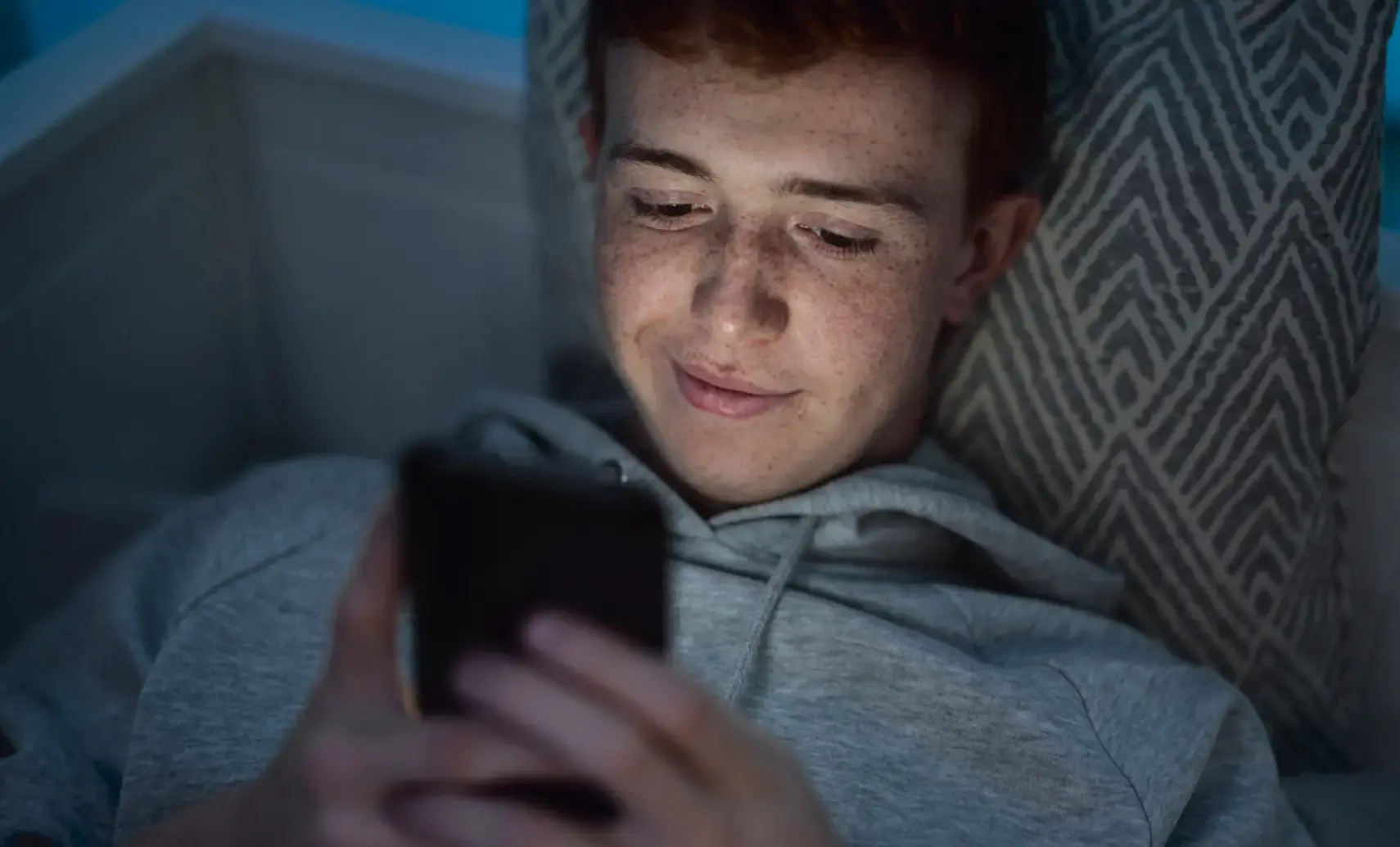
As legislation increasingly serves to protect children online, businesses and platform operators require efficient and privacy-conscious methods to verify user ages. Email address verification is just one of these methods, leveraging email metadata to estimate a user’s age without collecting further personal information. This guide explores how email age estimation works, its reliability, regulatory compliance, and how it performs as a tool for businesses that wish to balance user experience and risk.
What is email address age verification?
Email address age verification is a method of age assurance used by websites and online operators to determine whether a user is old enough to access certain content or purchase age-restricted goods or services. This method provides a non-intrusive way to estimate a user’s age without requiring direct access to sensitive personal information such as identity documents.
How does email-based age estimation work?
Email age estimation works by checking an address against various online databases and metadata sources to determine factors such as:
- Creation date: Older email addresses are more likely to be associated with adults.
- Usage data: Email activity, including patterns of interaction, can indicate legitimacy and a mature user.
- Reputation and history: Established email addresses linked to verified online services may suggest adult ownership.
If a platform has a verified email address for a user, it can ask us to check if it is likely to be associated with someone aged 18 or older.
Is email address age verification a reliable age-checking method?
While email age verification can be a quick, easy and effective tool, it does have limitations. A key challenge is that access to an email account does not necessarily confirm account ownership.
Some users prefer to use temporary or anonymised email addresses for privacy reasons, which may impact the ease and effectiveness of this particular check, as users might either have to select an alternative verification method or be denied access entirely.
However, with proper usage in appropriate contexts, email-based age estimation is considered highly effective by Ofcom in the UK, and widely recognised as a valid method for age checks.
Is email address age verification compliant with global regulations?
Email age estimation is considered an acceptable age assurance method across several regulatory frameworks:
- United Kingdom: Ofcom includes email-based age estimation among its guidance for implementing the Online Safety Act, as a ‘highly effective’ method for age verification. To be considered highly effective, the method must be assessed as technically accurate, robust, reliable and fair.
- European Union: Email address age verification aligns with GDPR’s data minimisation and privacy preservation principles, owing to its non-intrusive nature. However, for higher-risk scenarios, regulators may require additional verification steps or more stringent checks.
- Other global markets: Differing countries have varying and fast-evolving requirements but email verification is increasingly recognised as a privacy-friendly, low-friction alternative when proportional to the risk level of the service being accessed.
For businesses requiring stronger assurance, such as porn sites, alternative methods such as facial age estimation, document verification, or credit card checks may be necessary to meet stricter compliance standards.
Why offer email-based age verification?
Several factors can make email-based age estimation a good option for online businesses:
- It is inclusive and accessible: Many users, particularly those in developing countries, do not possess official identity documents or credit products. Despite being recognised as a human right, an estimated 1.1 billion people globally lack an official identity document. In the United Kingdom, around a third of adults do not have a credit card. Email verification provides an accessible alternative.
- Balancing user experience and compliance: For businesses that do not need stringent verification, email age estimation is considered to be low-friction and privacy-preserving, and helps to get your verified users in faster.
- Privacy preferences: With the rise of online fraud and data breaches, many users prefer not to share personal identifiers. Offering email age checks alongside other methods allows platforms to cater for a range of user privacy preferences.
Conclusion
Email address age verification provides a practical and privacy-conscious way to estimate user age with minimal friction. As regulatory requirements evolve, businesses must balance compliance with user experience, and email-based age estimation offers a flexible, lower-assurance solution for age verification.
While it may not be suitable for high-risk scenarios requiring stronger verification, it serves as an effective option in contexts where privacy and ease of use are priorities. Businesses can also combine email age verification with other methods to achieve an appropriate level of assurance while maintaining a seamless user experience.
Yoti offers 11 simple proof of age checks, including email age estimation, to help businesses ensure users meet age requirements with an appropriate level of assurance. If you would like to know more about email-based age estimation or how Yoti can help you meet your age assurance requirements, please get in touch.



